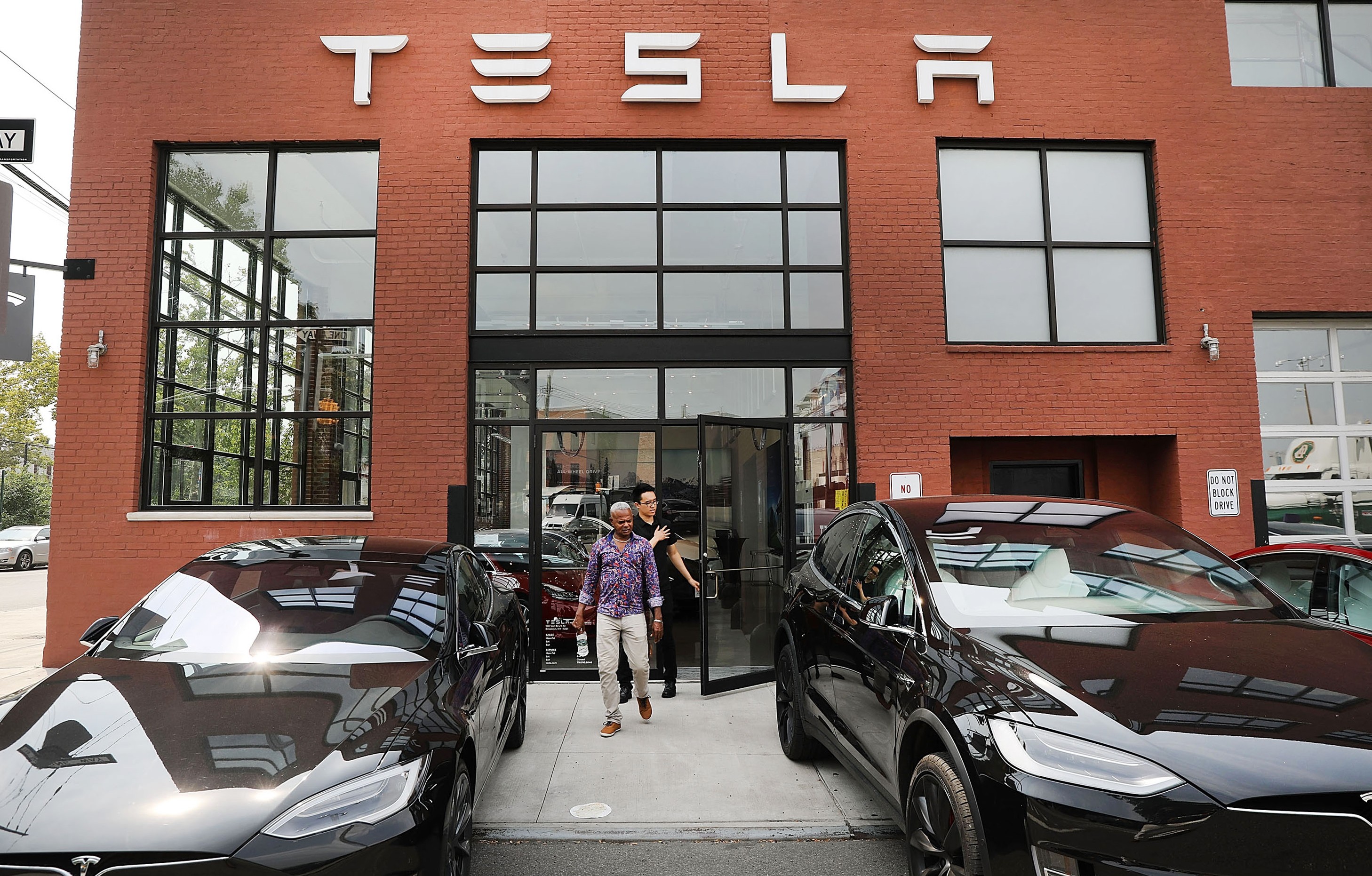Tesla cars, known for their innovation and cutting-edge technology, have revolutionized the electric vehicle market. However, like all vehicles, Teslas are not immune to problems and require maintenance and repairs. As more Tesla vehicles populate the roads, understanding how to address repair needs becomes increasingly important for owners and the broader automotive industry. This article delves into the complexities of Tesla car repair, common issues reported by owners, and the evolving landscape of Tesla’s service and maintenance approach.
Tesla’s unique approach to vehicle manufacturing and service has led to a distinct set of challenges and experiences for owners when it comes to repairs. Reports and complaints highlight a growing concern regarding the availability, efficiency, and quality of Tesla’s service network. From new vehicles delivered with defects to extended wait times for repairs and parts, Tesla owners have voiced frustrations across various platforms.
One of the primary sources of complaints stems from the limited service infrastructure compared to traditional automakers. While companies like Ford and GM boast extensive networks of dealerships and independent mechanics, Tesla largely relies on its own service centers and mobile service units. This centralized approach, while intended to ensure quality control, has struggled to keep pace with the rapidly growing number of Tesla vehicles on the road.
Customer complaints filed with the Federal Trade Commission (FTC) and reports to the Better Business Bureau (BBB) paint a picture of these service-related issues. Owners have reported brand new Model 3s arriving with faults like computer malfunctions, non-functional wireless phone chargers, and missing components. In some cases, vehicles returned after service visits were still unfixed or even damaged further, with paint issues or foreign objects found inside the car. These anecdotes are not isolated incidents, with over a thousand complaints detailing service delays, parts shortages, and communication problems.
The expectation that electric vehicles require less maintenance adds another layer to customer frustration. EVs are inherently simpler mechanically than internal combustion engine (ICE) vehicles, eliminating the need for oil changes and reducing wear on brake pads due to regenerative braking. Tesla itself emphasizes this reduced service need in its marketing. However, data indicates that Tesla owners visit service centers at a comparable rate to owners of premium gasoline cars, suggesting that the promise of less maintenance is not always realized in practice.
Tesla’s service model, which heavily favors in-house repairs, also contributes to the challenges. The company cautions owners that repairs performed by non-Tesla certified technicians may void the vehicle warranty. This stance, coupled with Tesla’s historical opposition to “right to repair” legislation, limits owner options and funnels repair demand towards Tesla’s own service network, which is already under strain.
The rapid increase in Tesla production further exacerbates the service bottleneck. Tesla’s vehicle output has consistently outpaced the growth of its service infrastructure. While vehicle production surged by 68% in the first quarter of a recent year, service locations only increased by 20%. Mobile service fleet expansion, while helpful, at 35% growth, still lags behind the vehicle production increase, creating a growing gap between the number of cars needing potential service and the capacity to provide it.
Despite these service hurdles, Tesla sales have remained strong, suggesting that for many buyers, the appeal of the vehicles outweighs the potential service concerns. However, experts warn that neglecting service quality could eventually impact customer satisfaction and brand loyalty if issues are not addressed proactively.
Electric vehicle repair is still a relatively nascent field, and a significant portion of the existing automotive mechanic workforce lacks experience with EVs. Traditional mechanics are well-versed in ICE vehicle repair due to decades of experience and established infrastructure. The comparative novelty of EVs means that the repair ecosystem is still developing, contributing to the challenges faced by Tesla and potentially other EV manufacturers in the future.
While direct comparisons between EV and ICE vehicle service are complex due to the fundamental differences in vehicle technology and repair approaches, the persistent criticisms of Tesla’s service model over several years indicate systemic issues. Despite promises from CEO Elon Musk to expand service coverage, the focus on production and sales appears to take precedence over resolving existing service deficiencies.
Tesla vehicles do have scheduled maintenance needs, though less frequent than ICE vehicles. Tesla recommends service based on an “as-needed” basis and environmental conditions. However, certain maintenance tasks, such as tire rotation and brake fluid checks, are recommended at specific intervals. The advanced computer systems in Teslas enable remote diagnostics, and some repairs can be performed through over-the-air software updates, offering a unique advantage in certain situations.
However, customer feedback consistently indicates that service is not a strong point for Tesla. Surveys have revealed significant dissatisfaction with service timeliness. The expectation of reduced service needs, driven by Tesla’s marketing, may amplify customer disappointment when service issues do arise and are not resolved promptly.
Manufacturing quality issues may also contribute to the higher demand for Tesla service appointments. Quality surveys have placed Tesla vehicles lower in initial quality rankings, suggesting that build quality concerns could be driving more frequent service visits to address manufacturing defects.
Limited parts availability further prolongs repair times. Owners have reported extended delays in receiving replacement parts, sometimes for safety-critical components like recalled touchscreen systems or even basic parts like tires. This lack of readily available parts directly impacts vehicle downtime and customer inconvenience.
Service center capacity is a recurring theme in customer complaints. Tesla owners often report long drives to reach the nearest service center and appointment wait times stretching into weeks or even months. Reports of pre-scheduled appointments being canceled also contribute to customer frustration and disrupt their schedules.
Tesla is aware of these service-related challenges and has publicly committed to improvements. Elon Musk has acknowledged the need to prioritize service and has promised to expedite the opening of new service centers and improve service efficiency. Tesla has even explored adopting techniques from Formula 1 pit crews to streamline repair processes and reduce vehicle downtime, aiming for same-day service for a significant portion of repairs.
The increasing number of aging Teslas on the road will inevitably put further strain on the existing service infrastructure. While traditional automakers have vast dealership networks and independent repair shops to handle vehicle maintenance, Tesla’s more limited service network faces a growing demand.
Independent mechanics specializing in EV repair are emerging to fill the service gap. These independent shops, some founded by former Tesla technicians, report increasing demand for Tesla repairs, indicating a potential shift in the repair landscape. However, the warranty implications of using non-certified repair shops remain a consideration for Tesla owners.
As more automakers enter the EV market, the service challenges faced by Tesla may become more widespread across the industry. New EV manufacturers are adopting similar service models, combining mobile service with company-owned service centers. Early data suggests that overall customer satisfaction with EV service is currently lower than with traditional ICE vehicle service, highlighting the industry-wide need to improve EV maintenance and repair experiences.
Despite the current challenges, there is optimism that EV service will improve over time. Tesla’s expertise in over-the-air software updates and its demonstrated ability to rapidly scale manufacturing capabilities suggest that it can address its service limitations once it prioritizes solutions.
The future of Tesla car repair, and EV repair in general, hinges on addressing the existing service gaps. As the EV market matures and the number of electric vehicles on the road continues to grow, efficient, accessible, and high-quality service will be crucial for maintaining customer satisfaction and ensuring the long-term success of the electric vehicle revolution. Whether Tesla can successfully overhaul its service operations to meet the growing demand remains a critical question for the company and its customers.


